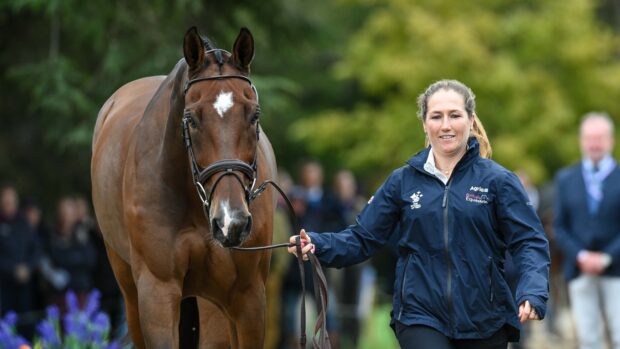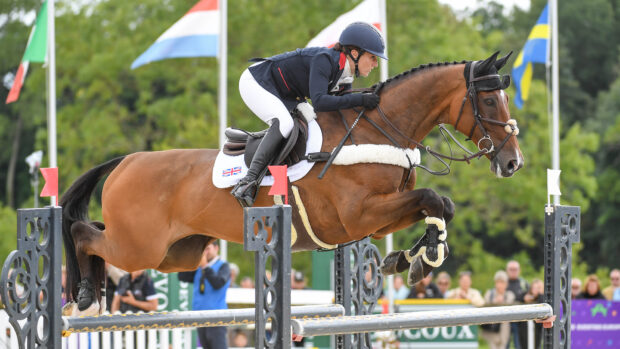Want to find the secret behind top riders' achievements? Stephanie Bateman discovers successful eventers' training tips
1. Harry Meade (pictured above)
“Don’t look for eureka moments. Training a horse is similar to that of a gymnast – they can’t bend over and place their hands flat on the ground straight away, it requires years of development where you are looking for a virtually undetectable improvement each day in terms of physical development. It’s about correct athletic training which is constant and repetitive but easy, and then you are not forcing the horse’s body to perform something which is uncomfortable.”
2. Daisy Berkeley
“Keep everything black and white. Clarity in training avoids confusion for the horse and rider. If an exercise is not performed as you wish, repeat until the desired result is achieved, and then reward. Try to avoid punishment for mistakes, but reward good effort and successful outcomes.”
3. Laura Collett
“Always have a goal of what you want to achieve and then make a plan of how you’re going to achieve it. Accept that things go wrong and work through any problems in a calm way. I use this motto at the beginning of a training session as well as the beginning of the season.”
4. Tom McEwen
“I have been taught about six key principles and I apply them to my daily training for both jumping and dressage. In order of importance they are; rhythm, suppleness, contact, impulsion, straightness and collection. I keep these in my mind every time I ride to ensure I’m on the right track.”
Continued below…

VIDEO: 3 top tips for juggling a full-time job with eventing
Four-star amateur event rider, Ben Way shares his secrets to successfully juggling a full-time job and eventing

Mary King: 10 ways to become a successful event rider
Riding and competing successfully are all about creating a solid partnership with your horse. Mary King bases hers on these
5. Chris Burton
“For amateur riders still improving their feel for a distance to a fence, use poles each day while you flat school your horses. Seeing a distance to the pole is no different than seeing a distance to the fence, and it can also become a flatwork exercise as you lengthen and shorten your horse’s stride between two poles. Start with two poles about five strides apart and do anywhere from three forward extended canter strides up to ten collected canter strides. Also be fussy on yourself in regards to straightness on the line over and between the poles.”
6. Emily Llewellyn
“If you have a limited time to ride, go for a hack or exercise on the track, don’t try and start something new. When teaching a horse something new or tricky, you need time to ensure the horse understands what you have asked and give it time to sink in, rather than rush the process and end up confusing the horse even more.”
7. Mary King
“If you are fortunate enough to have your own arena and all-weather gallops, don’t be tempted to use them all the time. Try to get out onto the grass as much as possible in preparation for competitions. Horse’s muscles and ligaments need to be trained for the surfaces they will compete on.”




